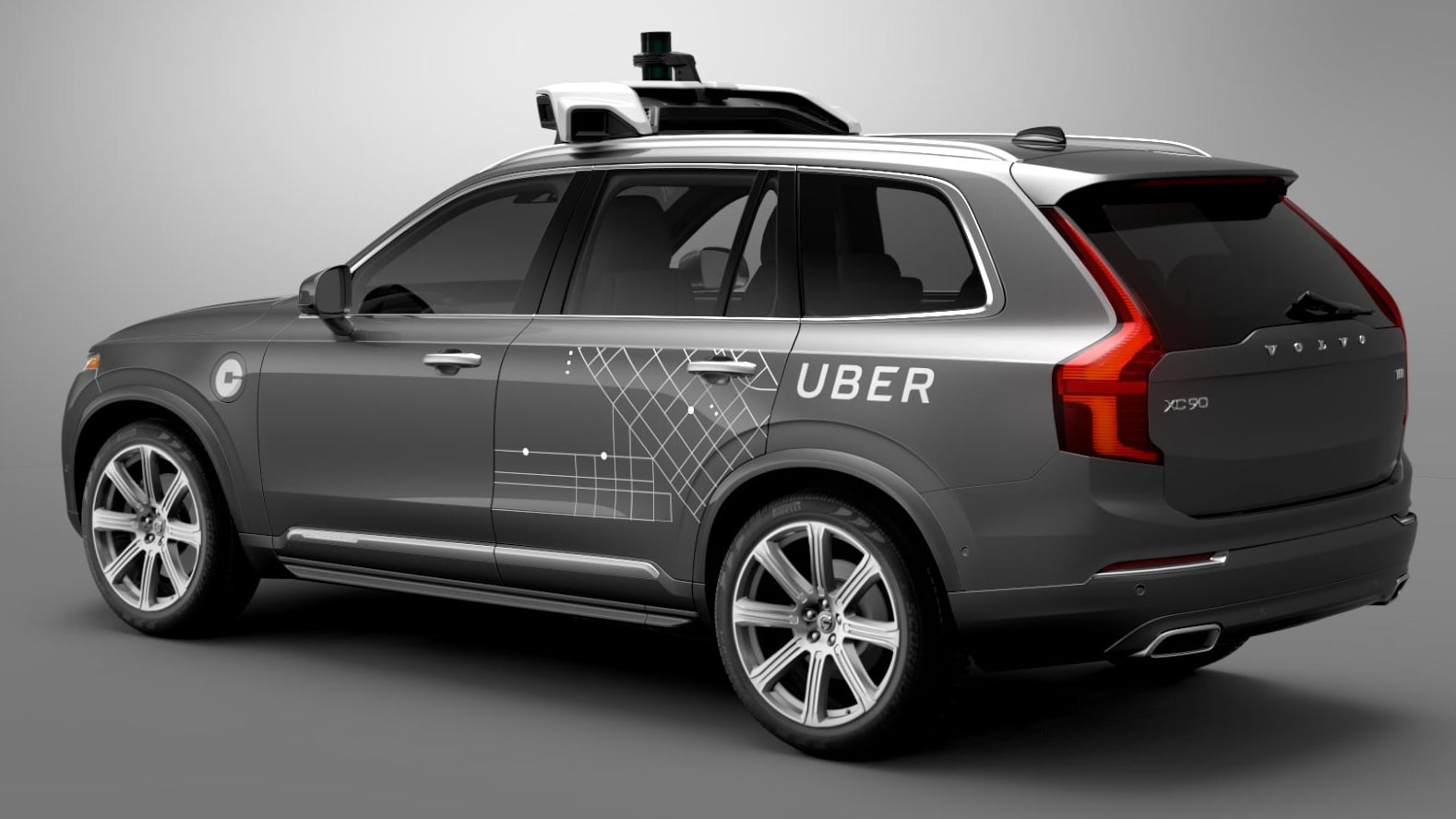Uber will eliminate all gas-powered vehicles from its fleet by 2030

The instigator of the taxi revolution and the entire transport industry, according to some, has long announced that he wants to become carbon neutral by 2040. According to the CEO ofUberan equally ambitious goal is in the shorter-term plans, however: the company wants all vehicles that run on its platform to be electric by 2030.
A realistic goal?
Uber is not going there with mortmain with the announcement of this objective. At the time of this writing, just 25,000 electric vehicles are hitting the continent’s roads in Uber’s name, out of a total of more than 1.5 million. As a rough guide, Uber needs to almost double the size of its electric fleet every year until 2030 in order to achieve this goal. In fact, the company must increase the size of its fleet by 67% per year until 2030.

If this task seems at first glance insurmountable, it would be good to remember the most recent projections of market shares that electric vehicles will monopolize in 2030.
Bloomberg, a company specializing in research and the publication of financial information, announced on September 21 that more than half of the cars on the roads of North America will be electric by 2030. To be more exact , around 4.5% of all vehicles on the continent are currently electric, and 52% is the expected figure for 2030.
Thus, the industry as a whole would experience an increase in sales of electric vehicles of 37% per year, on average, according to these projections. In this context, the 67% that must be achieved by Uber may indeed seem idealistic.

Financial aid, but not for everyone
In order to put the odds on its side, Uber will allocate more than one billion Canadian dollars (800 million US dollars) to the development of the electric vehicle fleet. We still do not know the terms of the redistribution of this amount, but we do know that it will not be accessible to everyone.
The United States, Canada and Europe are the only markets targeted by the 100% electric objective and are de facto the only markets which will be able to benefit from the financial assistance of the company. Asia, South America, Africa and Australia/New Zealand are all shunned, largely since they represent only a small portion of the company’s revenue. Including Europe, all these markets represent only 38% of the mobility giant’s revenues, while Canada and the United States alone are responsible for the remaining 62%.
What’s more, it is often more difficult to build the infrastructure necessary for EV charging needs in areas of the world that are excluded from Uber’s goals, further limiting consumer EV ownership. .











